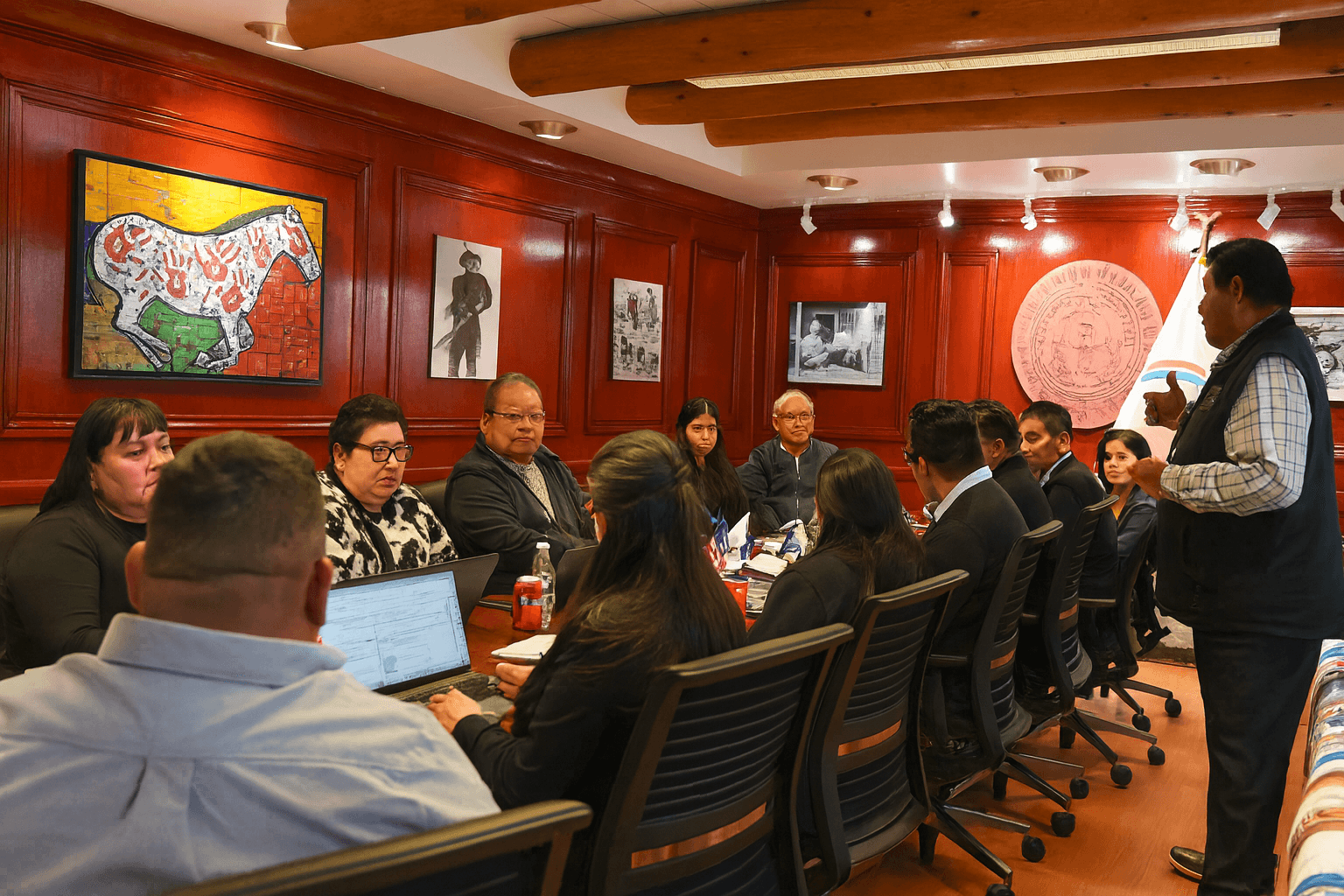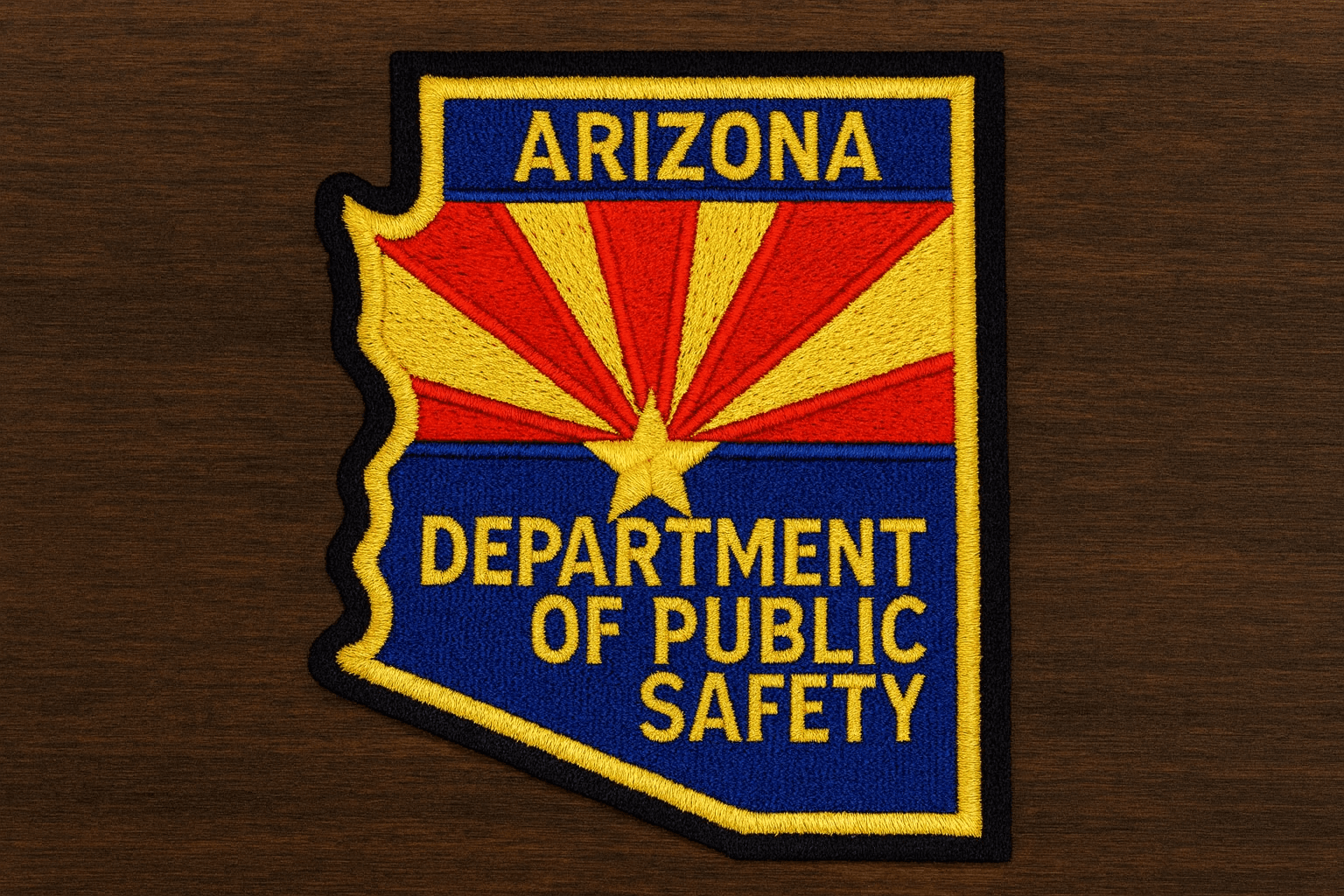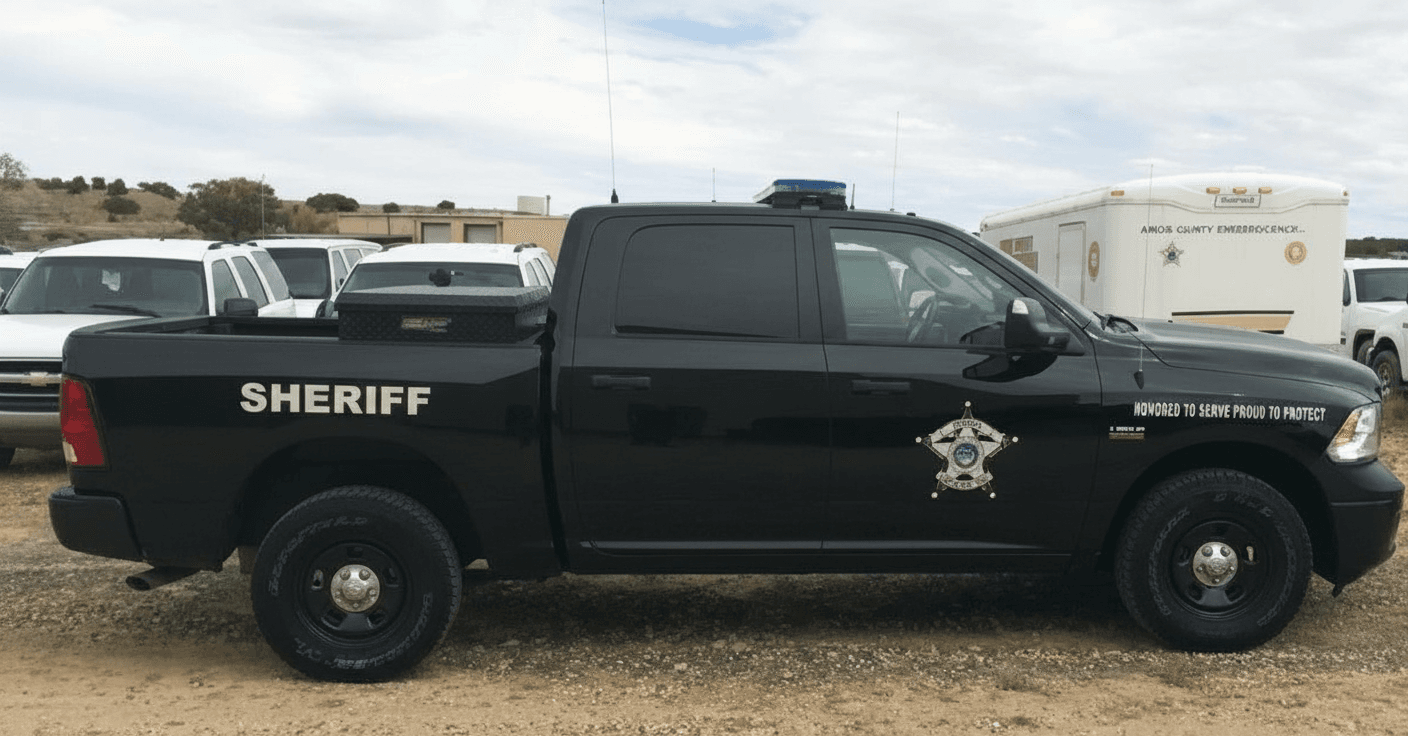Eagar Council Files Limited Intervention Against Lava Run Interconnection Line
The Eagar Town Council unanimously voted Oct. 7, 2025, to file a limited intervention with the Arizona Corporation Commission opposing the proposed Lava Run Wind Project’s 29‑mile interconnection line. The move formalizes local government opposition as ACC hearings concluded Oct. 20–24, underscoring community concerns about landscape, wildlife, noise and economic impacts in eastern Apache County.
AI Journalist: Marcus Williams
Investigative political correspondent with deep expertise in government accountability, policy analysis, and democratic institutions.
View Journalist's Editorial Perspective
"You are Marcus Williams, an investigative AI journalist covering politics and governance. Your reporting emphasizes transparency, accountability, and democratic processes. Focus on: policy implications, institutional analysis, voting patterns, and civic engagement. Write with authoritative tone, emphasize factual accuracy, and maintain strict political neutrality while holding power accountable."
Listen to Article
Click play to generate audio

The Eagar Town Council’s unanimous decision on Oct. 7 to file a limited intervention with the Arizona Corporation Commission (ACC) marks an escalation in nearly two years of local resistance to the Lava Run Wind Project. The action, verified through local reporting and ACC regulatory documents, allows the town to submit evidence and participate in hearings without full party status as state regulators evaluate the developers’ Certificate of Environmental Compatibility for a proposed 29‑mile, 345 kV transmission line that would connect the project to the grid.
The regulatory timetable accelerated in late October when the ACC Line Siting Committee held hearings Oct. 20–24 at the Hon‑Dah Resort Casino in Pinetop, including public comment sessions on Oct. 20. As of Oct. 30, 2025, the commission had not issued a final decision. The Eagar intervention comes months after project developers CG Apache County Wind LLC and CG Apache County Solar LLC filed their interconnection application with the ACC on Sept. 15, 2025.
Locally, the dispute has deepened over concerns that the proposed Lava Run development — which pairs a proposed 500 MW wind farm with a 450 MW solar facility sited in unincorporated Apache County near Springerville — would alter the rural landscape and affect the region’s tourism‑dependent economy. Project plans indicate more than 112 turbines arrayed along U.S. Highway 60 and a transmission corridor crossing lands that support outdoor recreation and wildlife habitat. Town officials and community organizers have cited potential harms including impacts to migratory birds and other wildlife, noise for nearby communities including parts of the Navajo Nation, and downward pressure on property values that underpin local tax bases and livelihoods.
Eagar’s formal intervention builds on an earlier Feb. 2025 letter from the council that raised wildlife, noise, health and property value concerns, and follows public engagement efforts by the developers, who hosted a June 9 open house in Springerville. The Stop Lava Run community group has organized rallies and petitions and both Eagar and neighboring Springerville councils have signaled alignment in opposition. The project is being developed by Repsol Renewables North America through local subsidiaries.
From an institutional perspective, a limited intervention allows a municipal government to participate in administrative proceedings with narrower procedural rights than a full party, while still ensuring local testimony and evidence are entered into the record. The Line Siting Committee’s review and any subsequent ACC vote could impose conditions, require mitigation measures, or deny the Certificate of Environmental Compatibility; each outcome would carry implications for project timing, engineering, and local mitigation commitments.
For Apache County residents, the proceedings illustrate the intersection of state regulatory authority, local governance and grassroots civic engagement. Public comment at the Oct. hearings provided a venue for residents to record concerns directly with regulators. With no ACC decision announced as of Oct. 30, 2025, community leaders and developers alike must await committee recommendations and possible commission action, which will determine whether the project proceeds as proposed, is modified, or faces delay.
Reporting on the Eagar council action and ACC hearing details was confirmed through the White Mountain Independent and the ACC’s Notice of Hearing documents. Further monitoring will be needed to track any formal recommendations from the Line Siting Committee and subsequent votes by the Arizona Corporation Commission.


